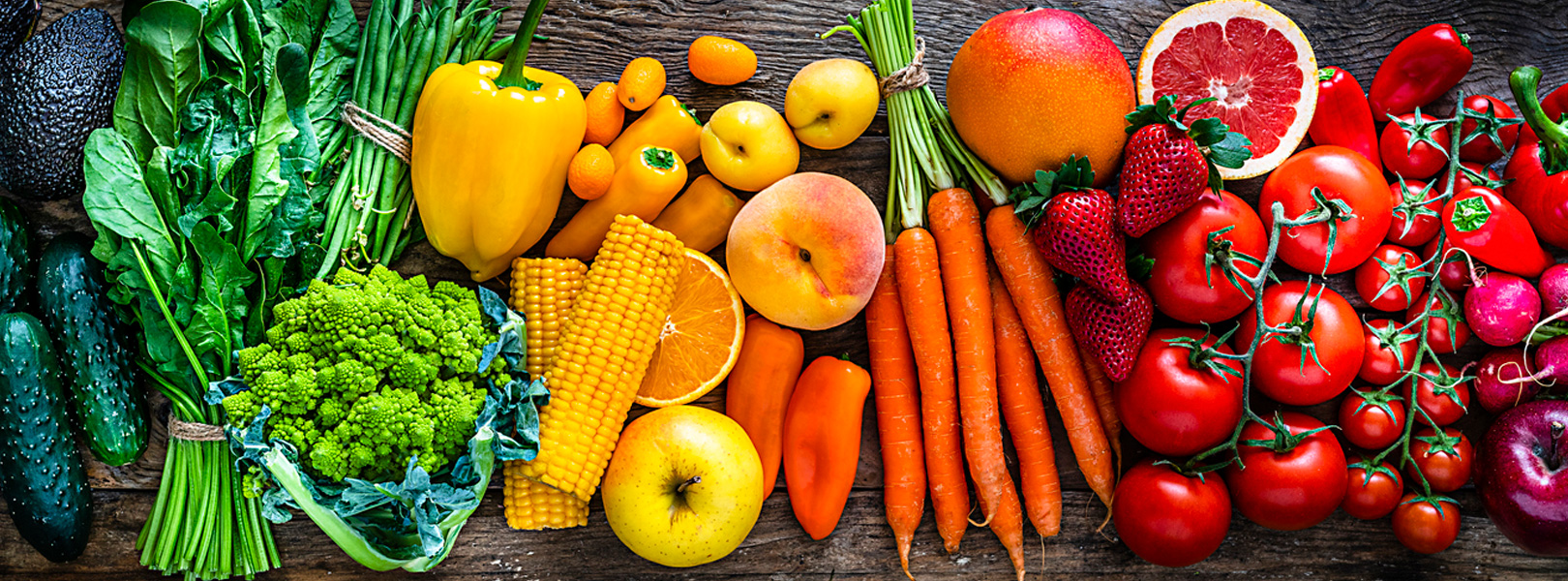When we talk about healthy eating, our focus is often on the flesh of fruits and vegetables—the juicy core of an orange, the crisp crunch of an apple’s center, or the tender flesh of a sweet potato. Yet, in our pursuit of a clean, convenient meal, we often discard one of the most nutrient-dense parts of the produce: the skin. This seemingly insignificant outer layer, often peeled away and thrown into the compost bin, is a nutritional powerhouse, packed with a concentrated dose of vitamins, minerals, and antioxidants. It’s time to re-evaluate our habits and recognize that for many fruits and vegetables, the real health benefits lie just beneath the surface.

This article will delve into the incredible power of the skin on various fruits and vegetables. We’ll explore the science behind why this layer is so beneficial, provide data-backed examples of its nutritional value, and offer actionable tips for incorporating these “unsung heroes” into your diet. By the end, you’ll be convinced that when it comes to healthy eating, what’s on the outside truly counts.
1. The Antioxidant Shield: A First Line of Defense
For a plant, the skin is its primary defense against environmental stressors like sunlight, pests, and disease. To protect itself, the skin produces a high concentration of powerful antioxidants, which are then passed on to us when we eat them.
- Polyphenols: The skin of many fruits, especially those with dark colors like grapes, plums, and blueberries, is rich in polyphenols. These compounds are a class of antioxidants that have been linked to a reduced risk of heart disease and certain cancers. A study published in the journal Food Research International found that the antioxidant content of a whole apple, including the skin, was significantly higher than that of a peeled apple.
- Resveratrol: The skin of red grapes is particularly famous for its high concentration of resveratrol, a potent antioxidant that has been studied for its potential to support heart health and longevity.
- Quercetin: The skin of apples is a rich source of quercetin, an antioxidant that has been shown to have anti-inflammatory and immune-boosting properties.
- Data Highlight: A study conducted by researchers at the University of Illinois found that the quercetin in apple peels was more effective at fighting certain types of cancer cells than the quercetin in the apple’s flesh.
2. A Fiber-Rich Powerhouse for Digestive Health
Fiber is a non-negotiable part of a healthy diet, crucial for everything from digestive regularity to blood sugar management. For many fruits and vegetables, the skin is where a significant portion of that fiber is found.
- Insoluble Fiber: The outer layer of produce like potatoes, apples, and carrots is a great source of insoluble fiber. This type of fiber adds bulk to your stool and helps food move through your digestive system, preventing constipation and promoting a healthy gut.
- Satiety and Weight Management: Fiber adds bulk to your meals, helping you feel full and satisfied for longer. By eating the skin, you naturally increase the fiber content of your meal, which can help reduce your overall calorie intake without a feeling of deprivation.
- Example: A single medium-sized potato with the skin on contains more than double the fiber of a peeled potato. Similarly, an apple with its skin contains almost half of its total fiber.
3. A Treasure Trove of Vitamins and Minerals
Beyond antioxidants and fiber, the skin of fruits and vegetables is a concentrated source of essential vitamins and minerals that are often found in much lower concentrations in the flesh.
- Vitamin K: The peel of a cucumber or a potato is rich in Vitamin K, a crucial nutrient for blood clotting and bone health.
- Folate: The skin of a potato contains a good amount of folate, a B-vitamin that is essential for cell growth and DNA formation.
- Iron: The skin of a sweet potato is a surprising source of iron, a mineral vital for energy production and carrying oxygen in the blood.
Practical Tips for Making the Most of the Skin
Incorporating the skin into your diet is simple and doesn’t require a lot of effort.
- Wash Thoroughly: Always wash your produce thoroughly, especially if you plan to eat the skin. Use a vegetable brush to scrub away any dirt or residue.
- Buy Organic: If you are concerned about pesticides, choose organic produce. While washing helps, organic produce is grown without synthetic pesticides, making the skin a safer option to consume.
- Leave It On: For fruits and vegetables with edible skin, make a conscious effort to leave it on. This includes apples, pears, peaches, potatoes, sweet potatoes, kiwis, and cucumbers.
- Get Creative with Peels: Don’t throw away citrus peels. The zest of a lemon or orange is packed with flavor and antioxidants. You can use it in dressings, marinades, or to flavor water.
Conclusion
The skin of fruits and vegetables is far more than just a protective layer; it’s a nutritional powerhouse. By leaving the peels on, you are giving your body a concentrated dose of fiber, vitamins, and powerful antioxidants that can help fight disease, aid in digestion, and support a healthy weight. It’s a simple, cost-effective way to get more value out of every bite. So the next time you reach for a vegetable peeler, think twice and remember that when it comes to your health, the outside is just as important as the inside.